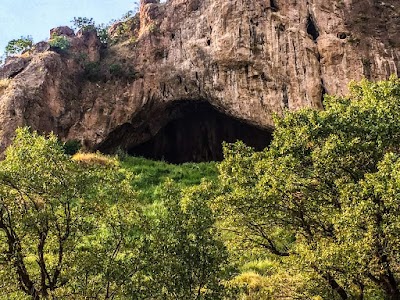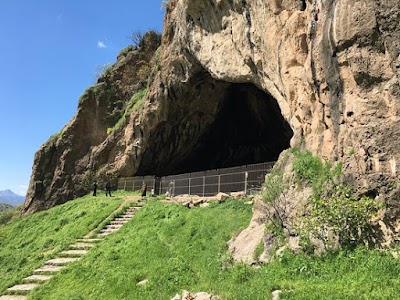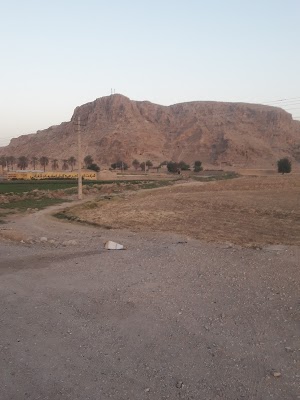Shanidar Cave (غار شانیدر)
Overview
Shanidar Cave: A Journey Through Time
Nestled in the breathtaking Zagros Mountains of Kurdistan, Iran, the Shanidar Cave is not just a natural wonder; it is a treasure trove of prehistoric significance. This ancient site, located approximately 40 kilometers from the city of Erbil, has captured the imagination of archaeologists and travelers alike. It is renowned for its rich archaeological finds, including the remains of Neanderthals, which date back around 50,000 to 70,000 years. For those keen on understanding human history, a visit to Shanidar Cave is akin to stepping into a time machine.
The cave itself is an impressive geological formation, with its mouth opening towards a stunning vista of the surrounding valley. As you approach, the sheer size of the cave entrance is awe-inspiring, measuring about 25 meters wide and 10 meters high. Inside, the cave features a series of chambers that were once bustling with life. The cool, damp air offers a refreshing contrast to the warm sun outside, making it a pleasant retreat. While exploring, one can almost hear the echoes of ancient communities that inhabited this space, using it for shelter and rituals.
Archaeological Significance
Shanidar Cave is particularly famous for the discovery of several Neanderthal skeletons, some of which have shown signs of burial rituals, suggesting that these early humans had complex social structures and possibly even beliefs about an afterlife. This aspect has stirred considerable debate among scientists and anthropologists. The most famous of these skeletons is that of "Shanidar 1," an individual who lived with disabilities yet survived into adulthood, illustrating the compassion and social bonds within early human communities.
In addition to human remains, the cave has yielded a wealth of prehistoric artifacts, including tools and remnants of ancient flora. Pollen samples taken from the site indicate that the Neanderthals may have used flowers in their burial practices, hinting at a possible connection to symbolic thought. This discovery has positioned Shanidar Cave as a critical site for understanding the evolution of human behavior and culture.
Visiting Shanidar Cave
For international travelers, a trip to Shanidar Cave is not only about exploring a historical site but also about experiencing the stunning natural beauty of the Kurdish region. The area around the cave is rich with diverse flora and fauna, and hiking trails in the nearby mountains offer breathtaking views. As you venture through the lush landscapes, you will be greeted by the warm hospitality of the Kurdish people, who take pride in their heritage and the significance of the cave.
To fully appreciate the site, it is recommended to hire a local guide who can provide insights into the cave's history and its archaeological findings. Additionally, the nearby town of Shanidar offers accommodations and local cuisine, allowing travelers to immerse themselves in the rich culture of the region. Be sure to try traditional Kurdish dishes, which are a highlight of any visit.
Conclusion
In summary, a visit to Shanidar Cave is a unique opportunity to connect with ancient history while enjoying the stunning landscapes of Kurdistan, Iran. The cave stands as a testament to the resilience and complexity of early human life, making it a must-visit for history enthusiasts and nature lovers alike. Whether you are wandering through its chambers or taking in the panoramic views from the surrounding hills, Shanidar Cave promises an unforgettable experience that will deepen your appreciation for our shared human story.






